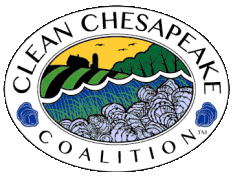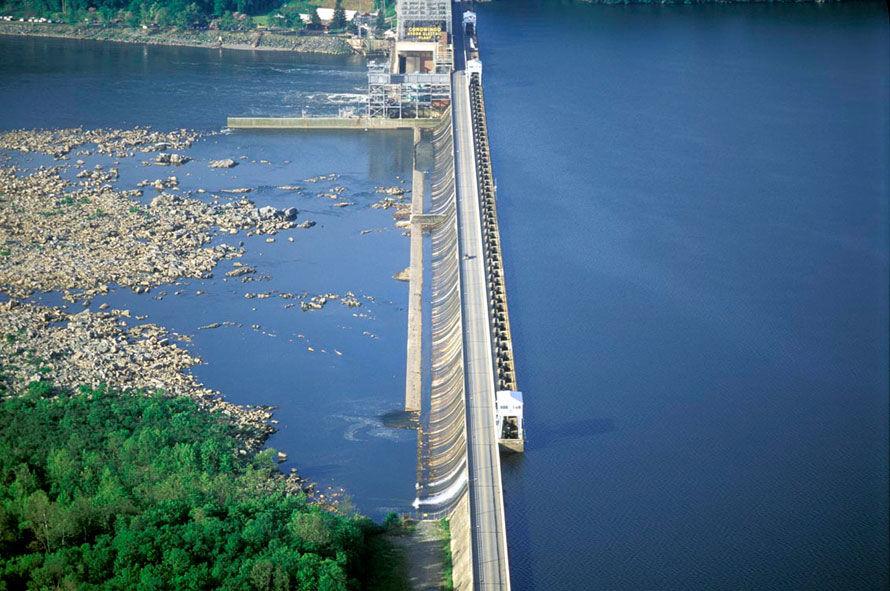Karl Blankenship, Sept 6, 2022
It has taken more than four years, but leaders in the Chesapeake Bay restoration effort say they’ve found a path forward for dealing with the added pollution stemming from Conowingo Dam.
It’s a solution that could soon ramp up pollution controls in the Susquehanna River basin, which drains the Bay’s largest tributary.
And over time, it may involve seeding streams with mussels, dredging sediment from behind the 94-foot-high dam and cleaning up waterways hundreds of miles upstream damaged by acid mine drainage.
The plan is not fully funded and will not achieve its pollution reduction goals by the 2025 Bay cleanup deadline.
Still, the U.S. Environmental Protection Agency, which earlier threatened to scuttle the plan, signed off in July on the “phased approach” to address the problem created as the dam lost its capacity to trap sediment and nutrients flowing downstream.
Under that approach, some work will begin soon. But states in the Bay watershed — Pennsylvania, Maryland, Virginia, New York, West Virginia and Delaware — will have time to find more money and new solutions. The EPA will evaluate progress in 2026 and decide if the approach is working.
“It’s a challenging issue, not all of our making, but it’s up to us to figure it out,” Adam Ortiz, administrator of the EPA’s Mid-Atlantic region, told officials from Bay states at a recent meeting.
Read the full article here

